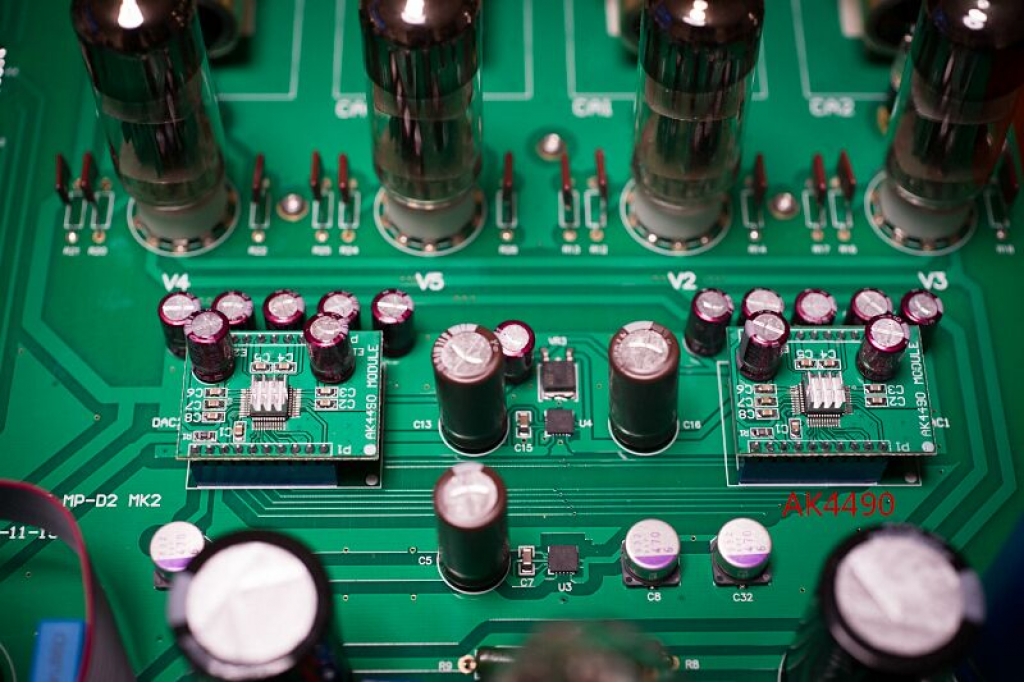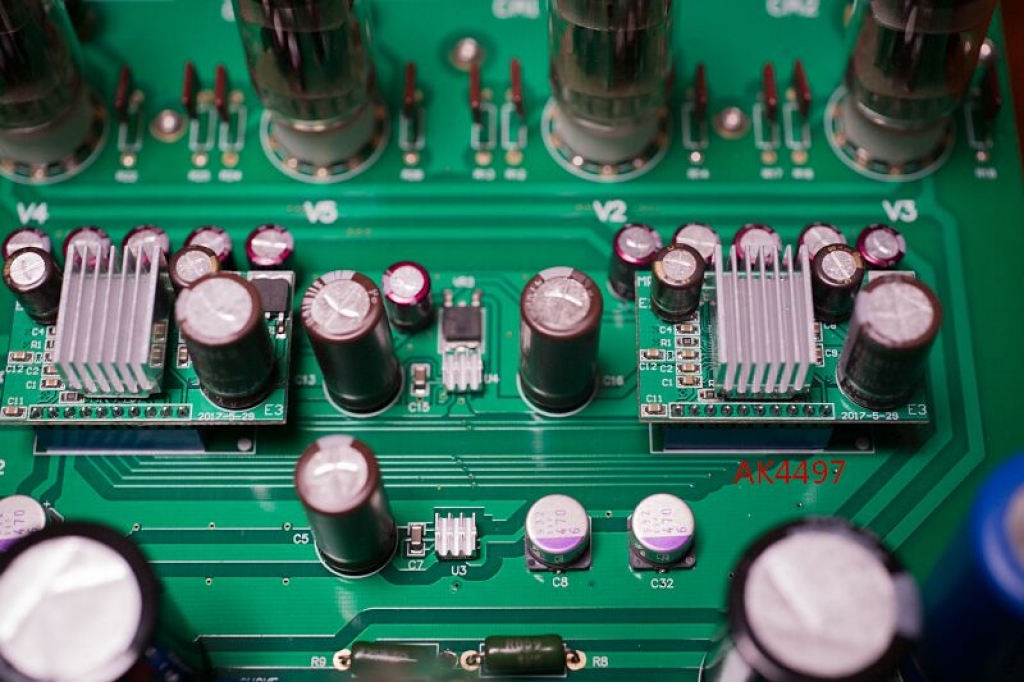what about ladder designs?
R2R are ladders. That's what i'm talking about. All the (now old) R2R, ladder, resistor pair, call them what you will were chips. Some of the best ones were hybrids with laser trimmed thin film resistors. But "chip" means nothing frankly. A transistor is a chip, with its leads brought out to pins.
Mots of today's R2R/ ladder designs (MSB, denefrips, .....) use discrete resistors because......drum roll please ... you can no longer buy the pre-made chip based ones except for one AD chip (used by Schiit) that glitches. Mike's spcial sauce is de-glitching software.
thin films, by the way, can be very good. I am not a materials scientist - maybe one is here and would give us all a tutorial

But i design with all this stuff.
In the large, the DAC chjp is, like, the least important part fo the design in my experience. Its liek saying "i prefer the MPSA43 to the 2N3904". Yawn.
I/V concerter, power supply, timing (everything from osciallator to trace design), ground noise isolation, are all more important. As one person noted, many chips' "unqiue sounds" actually coems from companies that take the datasheet and reproduce the reference design. I'm one of those old fools who is designing every thing from scatch and evaluating many alternatives.
BTW i'm looking for "sounds gopod" not ",measures good". Anything > 80 dB is beyond our hearing -so what we ARE hearing is not characterized int eh SNR data, at least that' my opinion. -130 dB better than -120dB? Nah. Move on, ntohign to see here.
For those who dont geek out maybe i shoudl back up. Fundamentally what a DAC does is take a series of 1s and 0s, and run them through resistive dividers, that progress per binary: 0.01V, 0.02V, 0.04V, etc (arbitrary numbers, meaningful progression). This is done with pair of resistors and ohm's law. In a 16 bit DAC you have 16 pairs. The currents are summed and amplified. (actually Z-converted really, let's keep it simple). So some people call them Resistor to resistor (R2R) some call them ladders (they look like ladders - with the pairs being the rungs) or us simple types call them resistor pairs, pine pair per bit per channel.
Bitstream, on the other hand, uses ONE resistor/voltage and Pulse width/density modulation to turn it on and off a lot. Just like lightbulb dimmers. Or your car's electronic fuel injection. Or an arduino "analog" pin. Much cheaper. If full volume (2Vrms) is full volume, then 50% pulse density produces 1Vrms. and being on 10% of the time 0.2Vrms, etc. It seems fake, but once filtered it works very very well. All the chips discussed above are bitstream.
In the end that filter probably means much more than the chip. I hope so or I'm wasting a lot of time




